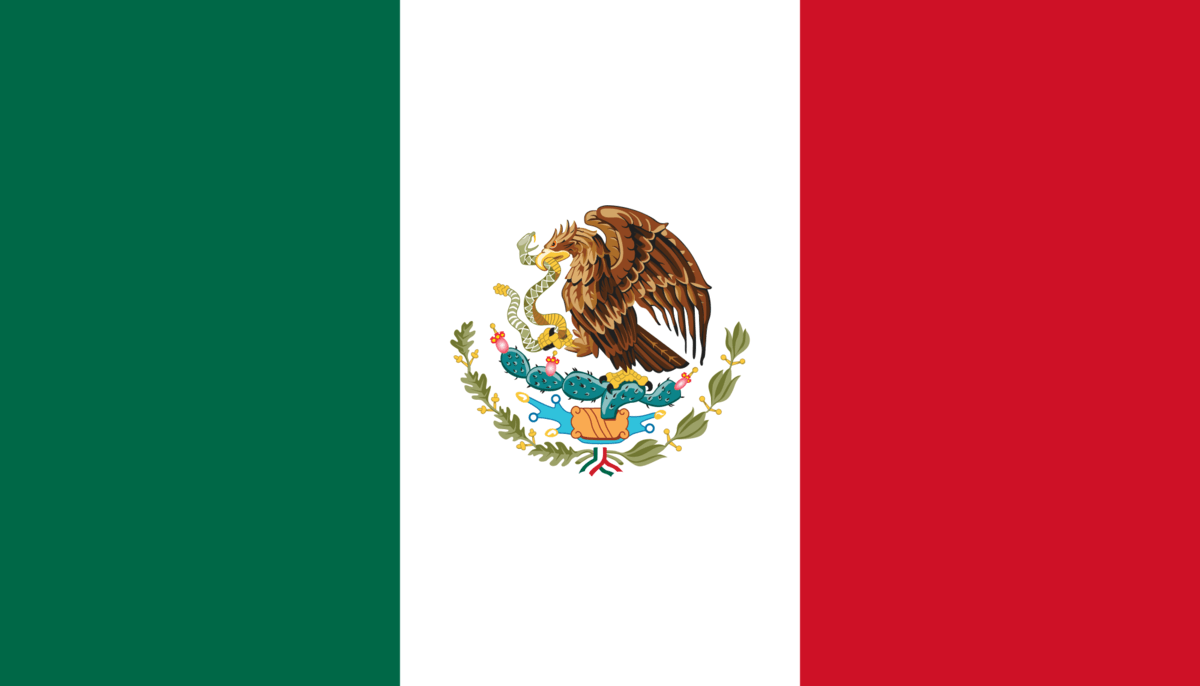Today we’re going to learn about the direct object in the Spanish language. Let’s start with a definition so that we can easily identify direct objects in our sentences.
The direct object is the part of the sentence that receives the action from the verb. It can be a person or an object (a noun phrase), and it lets us know who or what is receiving or being affected by the action. In Spanish, the direct object is part of the predicate (which always includes the verb).
Let’s consider an example:
Tip: Click on any of the linked sentences in this article (while on a mobile) to add them directly to your Fluent Forever app, so you can study them later. Don’t have our app yet? Download it here!
- El muchacho lee la revista de ciencia. (The boy reads the science magazine.)

Image by Lubov Lisitsa from Pixabay
In this sentence, the action performed by the boy (lee) is affecting the science magazine (la revista de ciencia), which in this case is the direct object.
Note that the direct object is always a noun phrase, so it can be a single word or a group of words, and it is always affected by the verb.
Let’s look at some more sentences:
- El viajero encontró los mapas que buscaba. (The traveler found the maps that he was looking for.)
- La marea crea las olas del mar. (The tide creates the sea waves.)
- Ayer visité el océano en otro país por mis vacaciones. (Yesterday I visited the ocean in another country because of my vacation.)
- Hoy fui al país con catorce monumentos. (Today I went to the country with fourteen monuments.)
Remember that in Spanish, the article must match the gender and number of the noun it accompanies.
In the first example, we use los since we’re talking about mapas, a masculine plural noun. Next, las accompanies the feminine plural noun olas. In the third sentence, el refers to océano, which is a masculine singular noun. In our fourth and final example, al matches the masculine singular noun país. (Note: the article al is a combination of the preposition a + the article el, so instead of writing a el país, we write al país.)
These articles are necessary as they describe the gender and number of the object/person affected by the verb, especially when we’re referring to something specific.
With that said, it’s not always necessary for the direct object to have an article beside it, as we could be referring to something more general. For example:
- Ella colecciona revistas. (She collects magazines.)
In the above example, we’re saying that this person collects magazines, but we are not referring to a specific type of literature. In this case, the direct object of the sentence is revistas.
And there you have it: you’re now able to identify the direct object in your Spanish sentences!
Written by Humberto Aparicio





